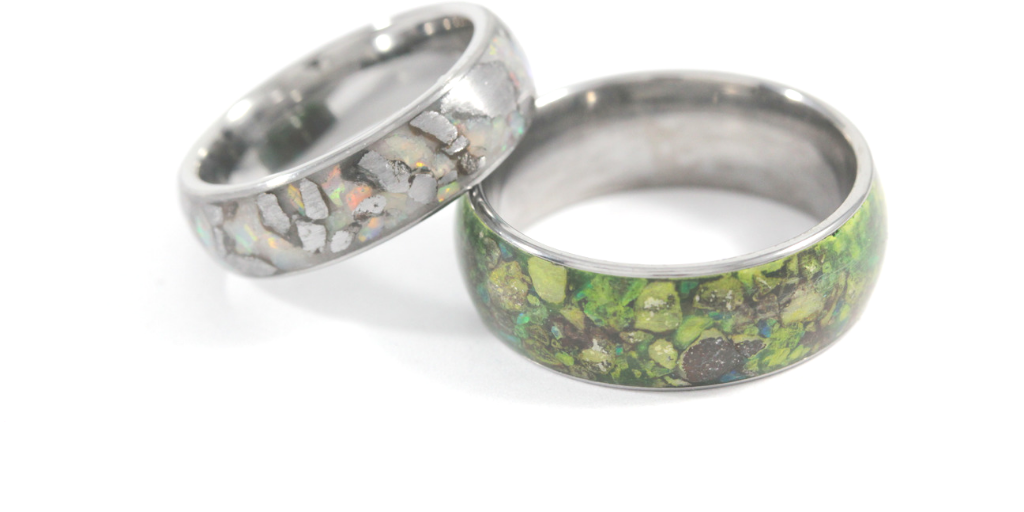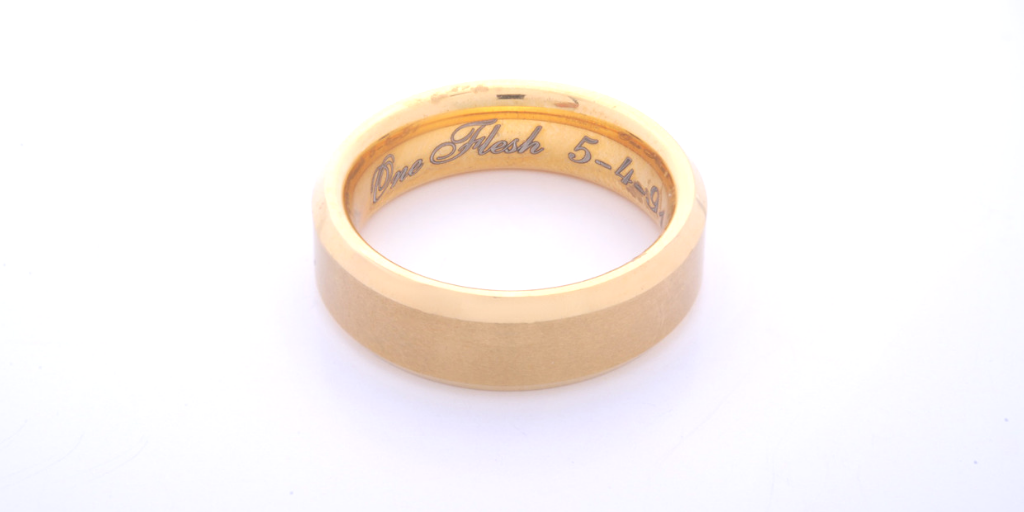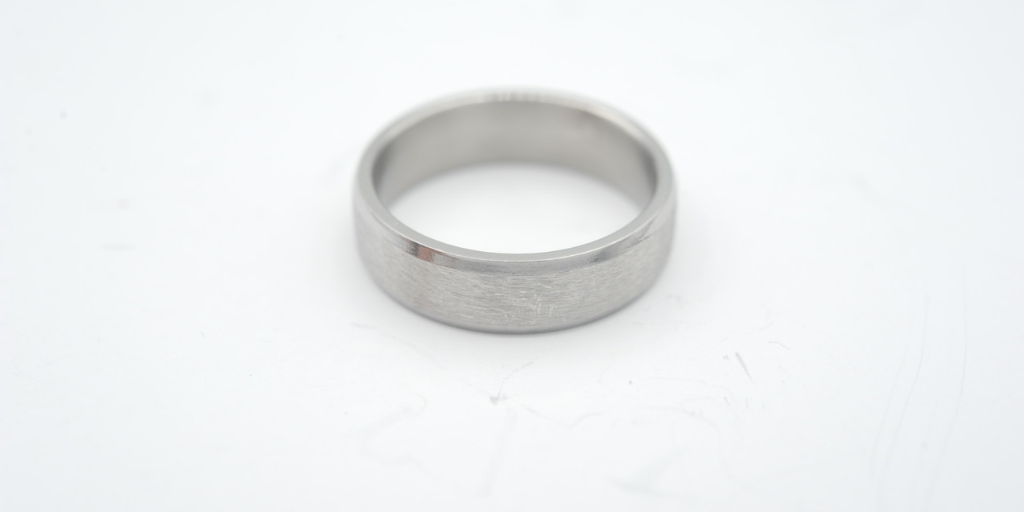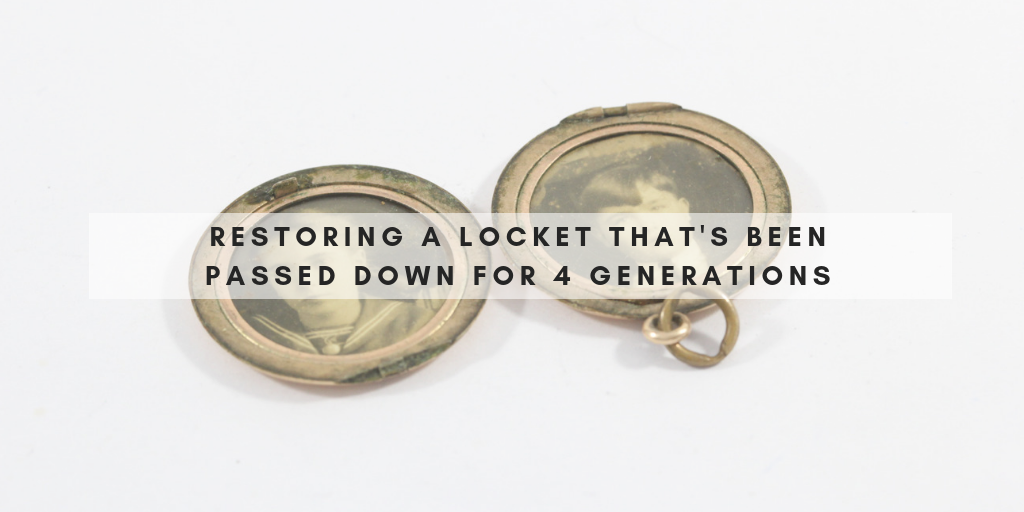Why Alternative Jewelry Metals Aren’t a Good Idea
Written by Annabelle
April 22, 2020

Nowadays, buying jewelry can be an expensive task given the price of gold and platinum. Perhaps you’ve been looking into materials that are more affordable yet durable, and you’ve come across items such as tungsten, ceramic carbide, and titanium. While these materials are less expensive, these alternative jewelry metals aren’t necessarily the best thing to buy. Read on to learn more.
What are Alternative Jewelry Metals?
Alternative jewelry metals is a term used to describe metals that aren’t traditionally used in jewelry, such as gold, silver, and platinum. With recent technological advancements, tough metals have been utilized for jewelry creation because we now have the machinery that can manufacture these items.
Many of these alternative jewelry metals are heavily utilized in men’s jewelry thanks to their rugged, industrial and masculine aesthetic, as well as their durability. However, the nature of these materials can pose issues thanks to the same quality that makes them so popular for people who are rough on their items.
The Issues With Alternative Jewelry Metals
Many clients frequently ask us to help them size tungsten, arguably the most popular metal in the alternative group. Unfortunately, tungsten, ceramic carbide, and titanium are not typically sizable by most jewelers because they are tough and not malleable.
The sizing process involves either cutting or stretching the metal to the correct size. If cut, the metal is soldered shut using heat to close the gap after the sizing process. These alternative metals require exceptionally high temperatures that most jewelers can’t generate, and in the case of tungsten, it’s so brittle that it can crack if subjected to high pressure.

This gold-plated tungsten ring is showing the metal's color under the engraving.
Another problem is plating. Many of the metals are often coated in gold or a colored coating to give it a unique look. This process is typically done when the rings are manufactured by facilities overseas, via a technique called physical vapor deposition. PVD is not utilized by average jewelers because it’s an extremely expensive method to use per item; it’s only used for large items such as car parts or in mass production.
As a result, the typical gold plating method used by your local jeweler can’t be applied to alternative jewelry metals because they’re not compatible with the chemical solution used for gold plating silver, brass, and copper.
Finally, these metals cannot be polished without creating streaks or leaving behind work marks. This means that if you want to engrave tungsten, or something similar, you need to make sure that you’re in love with the inscription, because it will be near-impossible to remove afterwards.
Stainless Steel: The Best Alternative

This stainless steel ring has a satin/brushed finish around it.
If you’re really not a fan of the prices for precious metals or their notorious softness, opt for stainless steel. This metal can be sized, is malleable and solderable, and has the same level of durability as the alternative metals (in fact, it’s even better than tungsten.)
In addition, the price point is usually the same or even lower. Stainless steel is also more popular and comes in a wider range of available designs.
Now you’re up to date on alternative jewelry metals! Comment below if you have a stainless steel item you want to get repaired or resized and we can help you out.


